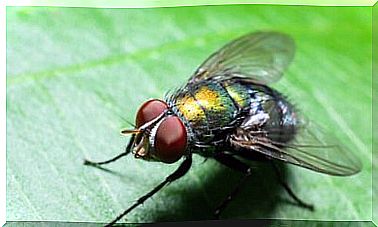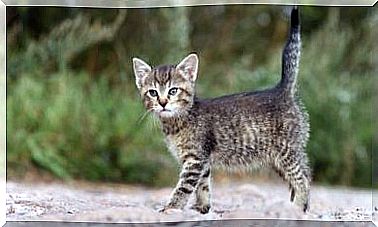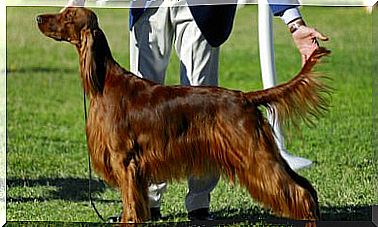Seven Causes Of Abortion In Small Ruminants That Are Contagious To The Entire Herd

The diagnosis of abortion in small ruminants has been and continues to be a difficult challenge for veterinary professionals. A good medical history, a fetal necropsy and an examination of the placenta – in addition to laboratory tests – remain the most useful tools for this.
To prevent infectious agents from spreading throughout the herd, it is important that farmers know the possible causes and know how to proceed. Next, we describe seven of the most common abortive pathologies in small ruminants.
Abortion in small ruminants: bacterial causes
Next, we will talk about the main bacteria that cause abortions in cattle.
Brucellosis
This is the general name for infections caused by bacteria of the genus Brucella. Cattle, for example, are often affected by Brucella abortus and rarely by Brucella melitensis . Quite the opposite occurs with small ruminants, where outbreaks of B.melitensis abortions are quite abundant.
In addition to posing a risk to livestock, this disease is a public health problem, since B.melitensis is zoonotic. This means that the disease is transmissible from animals to humans.
Clinically, the disease is characterized by the presence of abortions and other reproductive problems such as retention of the placenta. It is essential to note that the bacteria can also infect males, causing inflammation of the genitals in them.
The information available shows that the biggest problem when it comes to contagion is the abortifacient remains themselves. For this reason, it is important to sound the alarms when there is an outbreak of abortion in the herd at the end of the gestation.
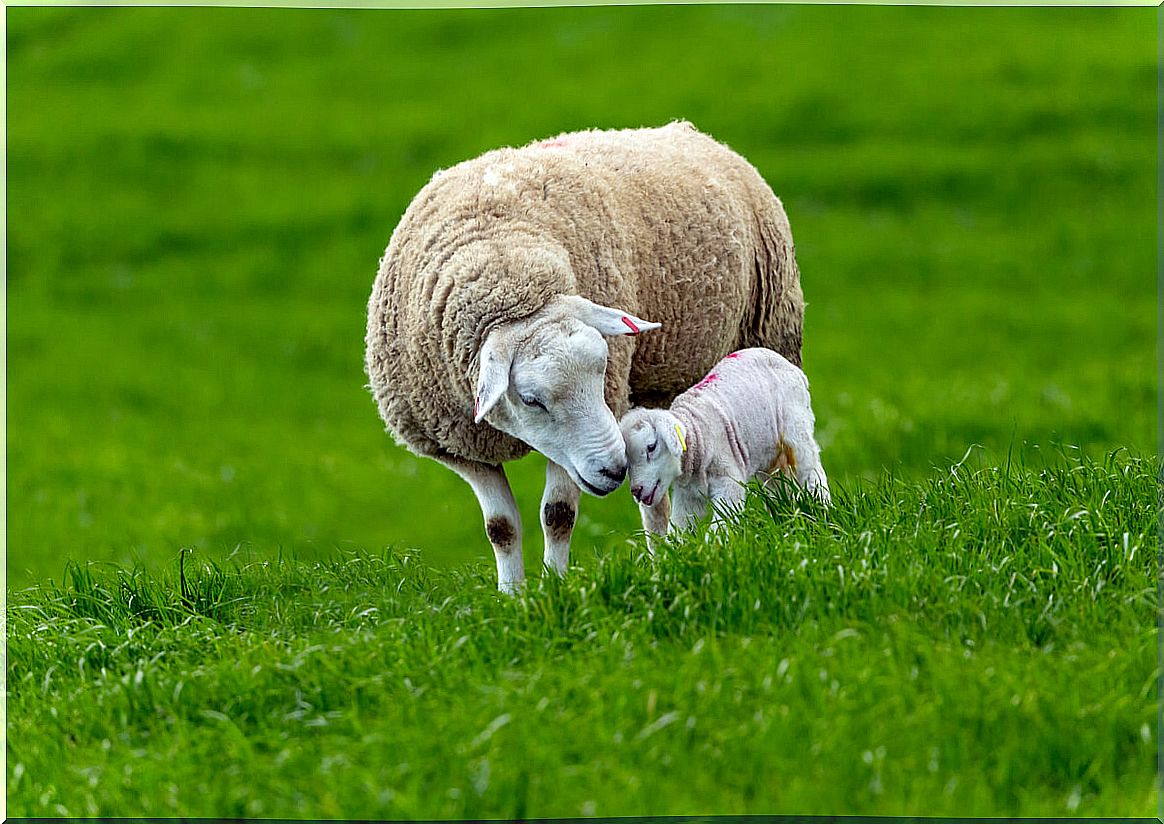
Enzootic abortion
The causative agent is Chlamydophila abortus , an intracellular microorganism that causes abortions and the birth of very weak offspring. This disease is highly contagious and can infect the entire herd in a matter of days. Also, like brucellosis, it is a zoonosis and can cause abortions in women.
In goats, abortion can occur at any time during pregnancy, while in sheep it is more common in the second half, after two weeks.
Unfortunately, signs that predict abortion of the female rarely appear. At most, changes in the behavior of mothers are seen and abnormal vulvar secretions can be observed in the last 48 hours of gestation.
Q fever
This disease caused by Coxiella burnetti affects almost all domestic mammals, a group that includes small ruminants. It is very contagious, but it does not usually cause symptoms in animals. In addition, like the previous ones, it can be a zoonosis.
Abortion-causing digestive bacteria in small ruminants
Bacteria of the genus Campylobacter spp . they can cause abortions if the right conditions are met. Apart from small ruminants, they can also infect cattle, they just do it in a different way.
The reproductive disease of goats and sheep follows an intestinal infection that triggers bacteremia – the passing of bacteria into the blood. This is how microorganisms reach the uterus.
Listeriosis
Listeria monocytogenes is a GRAM positive bacterium that can cause abortions normally late in pregnancy. One of the most revealing signs to suspect it as a causal agent is seen during the examination of the fetuses.
These unborn animals usually present necrotic foci of one or two millimeters in diameter in the liver and lung, although it is true that they do not always appear.
Abortion in small ruminants: parasitic causes
Next, we will talk about the main parasites that cause abortions in cattle.
Toxoplasmosis
Toxoplasma gondii is a protozoan that parasitizes vascular endothelial cells and is a common cause of embryonic death and abortion in sheep and goats. These miscarriages can occur throughout the pregnancy, but are more frequent towards the end of it.
They occur in females of any age, although it is more common in gilts. These abortions of parasitic origin occur mainly if the infection is acquired during the pregnancy itself.
Neosporosis
It is true that neosporosis is a disease of great importance in cattle and that it has classically been considered of little relevance in sheep, but in recent years the protozoan Neospora caninum has been associated with the appearance of abortifacient outbreaks in this domestic animal. .
Infected animals can abort or transmit the parasite to the fetus. What’s more, those congenitally infected sheep can, in turn, transmit the disease to their offspring.
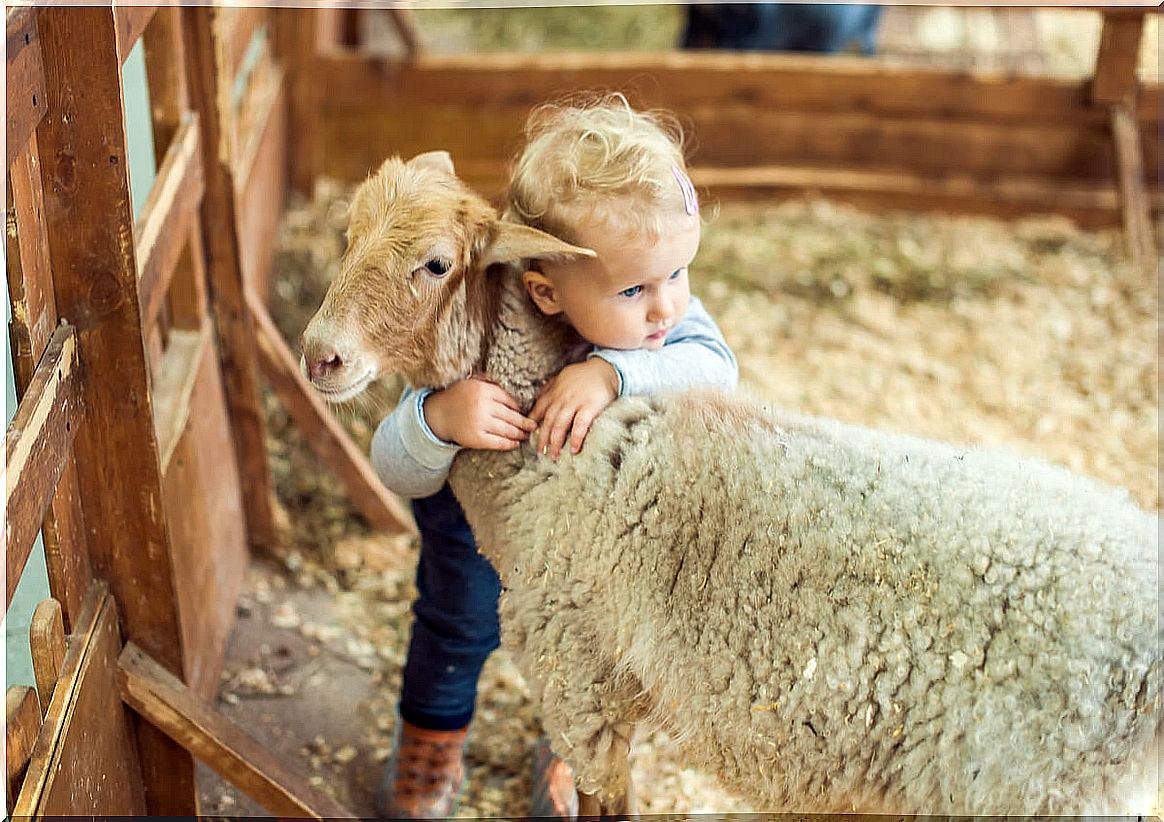
The importance of controlling the transmission of these abortifacient agents
When tackling diseases that affect livestock, we cannot be concerned only with those that cause mortality in adults, since animal husbandry is based on reproductive success and it is important that each pregnancy reaches term and the birth of the young. be correct.
Therefore, the person in charge of a farm must take care of avoiding the contagion of these pathologies so that abortive outbreaks do not occur, even more so taking into account the possibility that the causal agents also cause diseases in humans.





